
Work in front of the computer? Do these 5 essential back exercises.
Feeling tightness in your neck, chest and shoulders after working on the computer? You may need to incorporate more back exercises into your routine.
Since March, I have been doing more work on the computer due to teaching from home, online graduate classes, and working on the blog. Over time, I noticed that I had more tightness and discomfort in my neck, wrists, forearms, chest and shoulders. I also realized that my posture was starting to get worse since I was slouching more than before.
Due to previous injuries from playing the violin, I already knew how to manage my wrist and forearm issues. However, I needed a new strategy to reduce and manage the increasing tightness in my neck, chest and shoulders.
After speaking with my sports massage therapist, he recommended that I incorporate exercises that counteract the motion of reaching forward toward the computer in conjunction with stretching. In this case, exercises that target the back would help support the chest and shoulder muscles and improve my posture.
If you are experiencing minor discomfort in your upper body, check out essential back exercises that you should be doing if you consistently work on the computer.
Why do we need to work on our back and not our shoulders and chest?
Although you should not completely neglect training your shoulders and chest, your back needs special attention. Muscles operate in a relationship called reciprocal inhibition, or when a muscle on one side contracts, the opposing muscle relaxes. An example of this is the relationship between the biceps and the triceps.
However, this relationship changes when muscles become overactive or underactive and causes dysfunction. Overactive muscles are excessively tense or tight during movement, and underactive muscles are weak and do not engage properly.
An issue in one area of the body affects the others since our body structures are interconnected. In my case, my shoulders and chest muscles are overactive and my back muscles are underactive when I am using the computer.
This muscle dysfunction is often caused by repetitive movements and the lack of movement. In the case of computer use, reaching forward to type is a repetitive movement and sitting for an extended period of time is creating a lack of movement. It can also be caused by injury and other preexisting conditions.
The causes of muscle dysfunction can be reduced by performing a variety of opposing movements for an equal amount of time. In this case, we are counteracting the motion of reaching forward and protract (widen) the shoulder blades with exercises that pull toward the body and retract (toward each other) the shoulder blades.
Essential back exercises
The following back exercises will target commonly underactive muscles in the back, including the rhomboids, middle and lower trapezius and the rotator cuff (subscapularis, supraspinatus, infraspinatus, teres minor). These moves can be done at home or at the gym.
Feel free to incorporate the exercises into an existing routine or as a complete back workout. For all exercises, choose a weight that challenges you without causing improper form. I am using 10 pound dumbbells.
Rear delt fly

Stand with your legs about hip-width apart and hold a dumbbell in each hand by your side. Bend your torso forward at your hips with a slight bend in the knees while keeping your back flat. To start, your arms should extend below your body with your hands facing each other as you hold the dumbbells. Raise your arms out to your sides with your hands facing down, squeezing your shoulder blades together. This exercise can also be done with a cable machine standing upright.
Muscles worked: posterior deltoid, middle and lower traps, rhomboids, infraspinatus and teres minor
Bent over rows
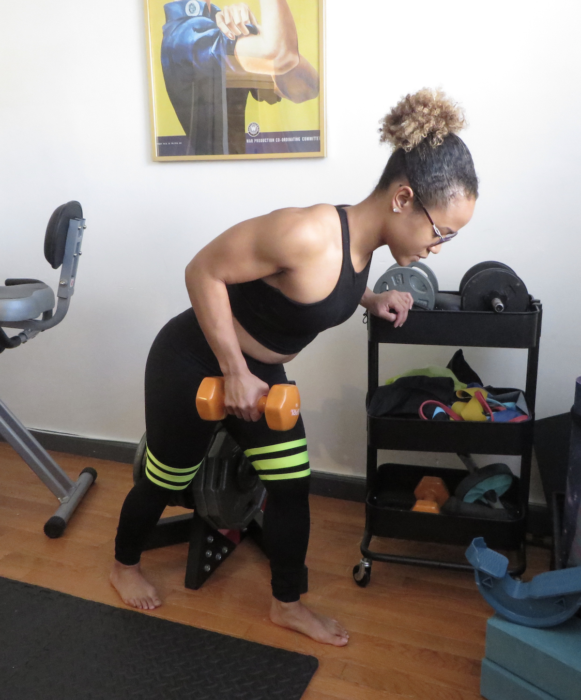
Bring the dumbbell up to your chest, lifting it with your back and shoulder muscles rather than your arms while keeping your chest still. At the top of the movement, squeeze your shoulder and back muscles. Lower the dumbbell slowly until your arm is fully extended again.
Muscles worked: latissimus dorsi (lats), posterior deltoid, rhomboids, scapular stabilizers, forearms, biceps, spinal erectors
Supermans
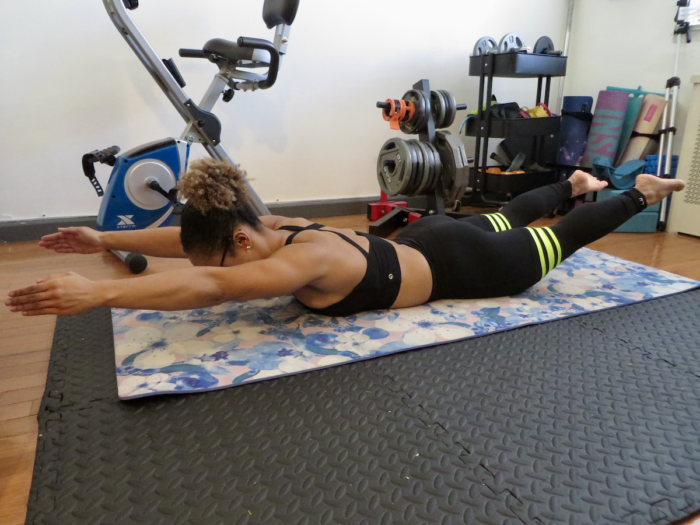
Lie on your stomach with your arms stretched in front of you. Lift up your your upper body and quads off of the mat, feeling a squeeze in your upper back. lower back, hamstrings, and quads. Hold this position for 5-10 seconds and lower yourself back down onto the mat.
Muscles worked: upper back, lower back, glutes, hamstrings
Bird Dog

Go on all fours. Raise your right arm and your left leg so they are parallel to the floor. Hold this position for 10-15 seconds and then switch to the other side.
Muscles worked: upper back, lower back, glutes, hamstrings
Lat Hang
Using a pull-up bar, simply grip the bar with an overhand grip and hang by relaxing your torso. You should feel a stretch in your shoulder, chest and upper back.
Muscles worked: shoulders, pectorals, upper back
Final considerations
Incorporating these back exercises on a regular basis can help counteract the repetitive motion of working on a computer. Try out these exercises and see if they improve your posture and reduce any discomfort you may be experiencing. If you want more back exercises, check out this list for additional movements.
Before implementing a new exercise routine, consult a medical professional or physical therapist.



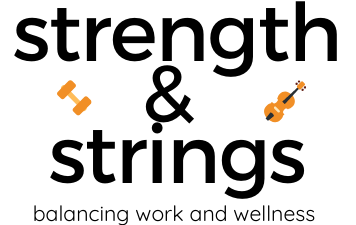
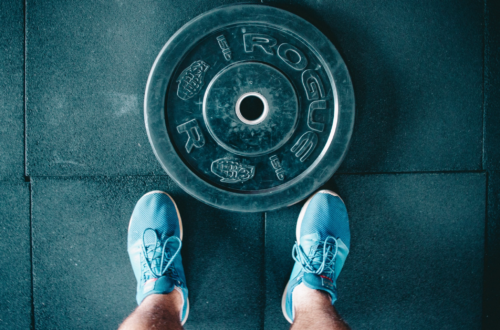

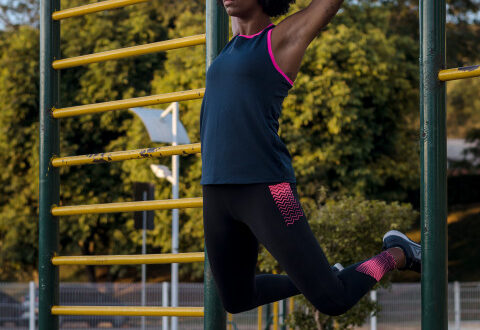
2 Comments
Pam
Thanks for this! I try to set my timer to get up every hour and stretch. I will be sure to add these to my routine.
Sapphire
That’s a great idea! Since I teach, I make sure I stretch in-between classes.